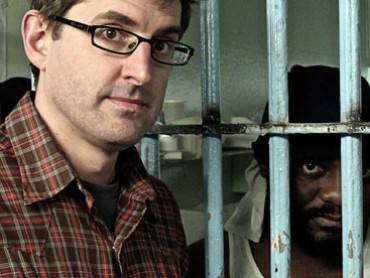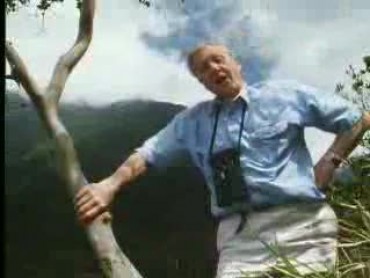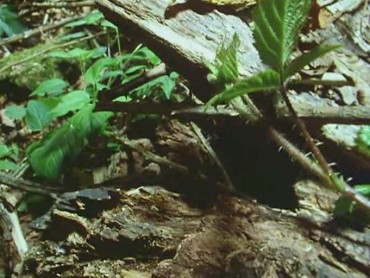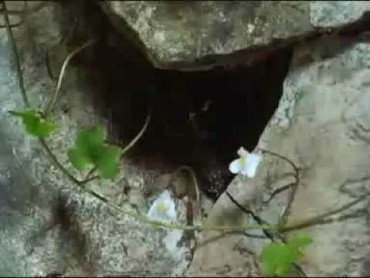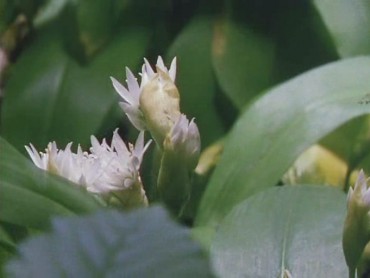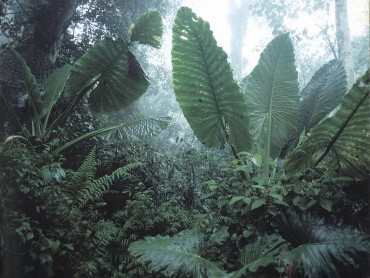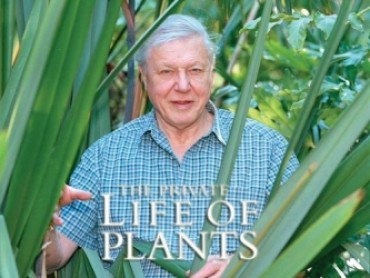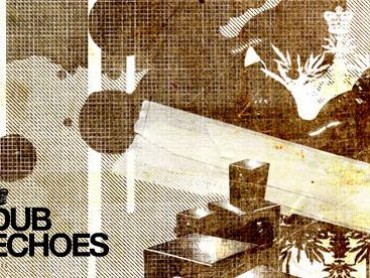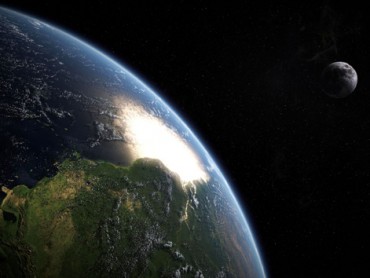In the first episode of this two-part series, Louis Theroux spends time in one of the most notorious sections of Miami County Jail: the fifth and sixth floor of ‘Main Jail’, where many of the most volatile inmates are incarcerated.Held in large cage-like dwellings for up to 24 men, the inmates have developed a strange and violent jail culture. The men – who remain in the cells almost all the tim
Educational
Broadcast 9 February 1995, the final episode deals with plants that live in hostile environments. Attenborough visits Ellesmere Island, north of the Arctic Circle, to demonstrate that even in a place that is unconducive to life, it can be found. Algae and lichens grow in or on rock, and during summer, when the ice melts, flowers are much more apparent. However, they must remain close to the ground
Broadcast 2 February 1995, the fifth programme explores the alliances formed between the animal and plant worlds. Attenborough dives into Australia’s Great Barrier Reef and contrasts the nocturnal feeding of coral, on microscopic creatures, with its daytime diet of algae. Some acacias are protected by ants, which will defend their refuge from any predator. Besides accommodation, the guards are rew
Broadcast 26 January 1995, this episode examines how plants either share environments harmoniously or compete for dominance within them. Attenborough highlights the 1987 hurricane and the devastation it caused. However, for some species, it was that opportunity for which they had lain dormant for many years. The space left by uprooted trees is soon filled by others who move relatively swiftly towa
Broadcast 19 January 1995, the next instalment is devoted to the ways in which plants reproduce. Pollen and a stigma are the two components needed for fertilisation. Most plants carry both these within their flowers and rely on animals to transport the pollen from one to the stigma of another. To do this, they attract their couriers with colour, scent and nectar. It isn’t just birds that help poll
Broadcast 12 January 1995, this programme is about how plants gain their sustenance. Sunlight is one of the essential requirements if a seed is to germinate, and Attenborough highlights the cheese plant as an example whose young shoots head for the nearest tree trunk and then climb to the top of the forest canopy, developing its leaves en route. Using sunshine, air, water and a few minerals, the l
Broadcast 5 January 1995, the first episode looks at how plants are able to move. The bramble is an aggressive example: it advances forcefully from side to side and, once settled on its course, there is little that can stand in its way. An altogether faster species is the birdcage plant, which inhabits Californian sand dunes. When its location becomes exposed, it shifts at great speed to another o
The documentary “Dub Echoes” shows how the Jamaican invention called dub ended up influencing much of the music we hear today, from electronic music to hip-hop, transforming the studio in a musical instrument and giving way to all of sonic experiments.
The Moon is such a familiar presence in the sky that most of us take it for granted. But what if it wasn’t where it is now? How would that affect life on Earth?Space scientist and lunar fanatic Dr Maggie Aderin-Pocock explores our intimate relationship with the Moon. Besides orchestrating the tides, the moon dictates the length of a day, the rhythm of the seasons and the very stability of our pl

